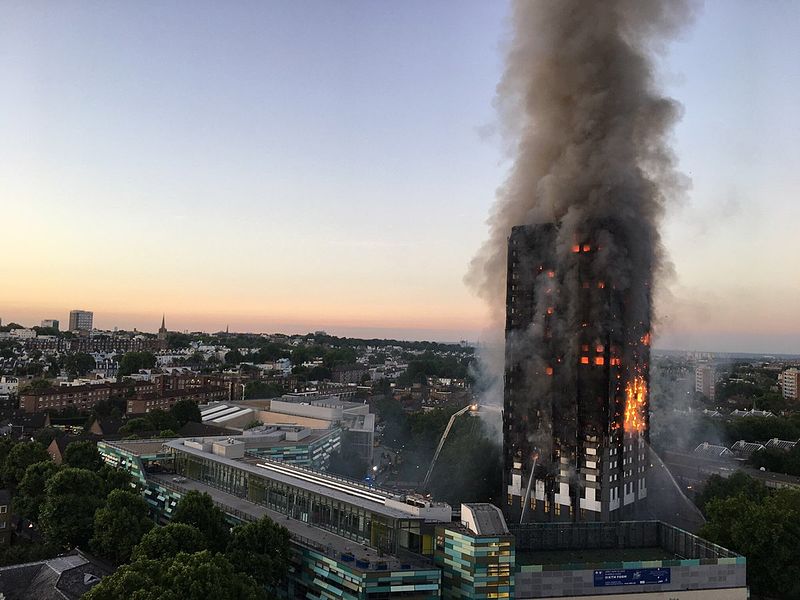The latest reports from last week’s devastating fire in the Grenfell Tower apartment block in London suggest there are 58 people still unaccounted for who are presumed dead.

Forensic scientists are beginning their investigation, but the intensity of the fire makes it difficult to identify the remains.
The UK SMC collected expert reaction on the study, feel free to use these comments in your reporting.
Dr Denise Syndercombe Court, Reader in Forensic Genetics at King’s College London, said:
“Early identification will come from location – dental records where they exist – and ID from surviving family members, plus any medical implants. Where people have died from suffocation there will be the opportunity to get good DNA, but those bodies that have experienced significant fire will be more problematic.
“Fingerprints, if viable, may not be of much use as we don’t have databases that can be used for such purposes. Key to many of the investigations is proper documentation of the location of the bodies as that will assist considerably with expectation and narrowing possibilities where DNA is recovered even if a large amount of the family died there, although those found outside their flats will be less certain.
“In the World Trade Center, which is the nearest comparable situation, they only ended up identifying about 60%, but the techniques for getting viable DNA out of very burnt bodies is much better today.
“What I suspect will be more challenging where they have to rely on DNA is the comparison. Even if there is a good DNA profile it will need to be linked either to a surrogate reference sample – such as a toothbrush – but that might also have been destroyed and is not particularly personal – or to a family member – but many of the close family may also have perished in the fire, or if they have come from overseas or are refugees, then family members will be more difficult to source.
“Ideally you always want more than one family member as well. In circumstances where the body is very burnt then much of the DNA may have been damaged – here the more sensitive techniques are useful but we also may need to rely on analysis of mitochondrial DNA in bone. The problem with MtDNA is that this will only give familial maternal DNA and therefore difficult to identify some family members.
“So while some identifications will be very fast I would anticipate a long tail of more difficult cases. Added to this is the significant amount of identification stress that the forensic providers will be experiencing because they will have the large amount of additional casework from Manchester and Borough Market which will add to the difficulties.”